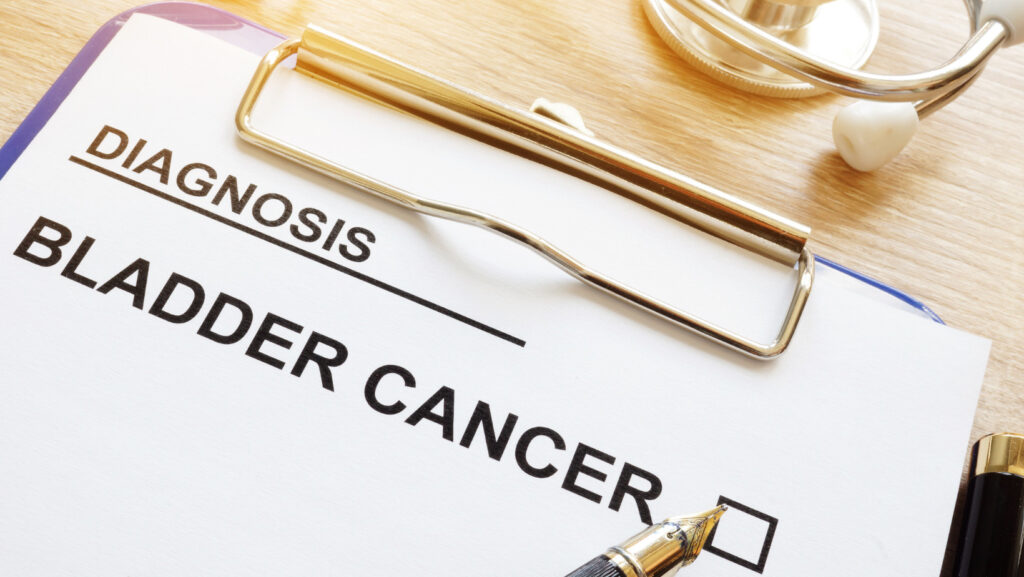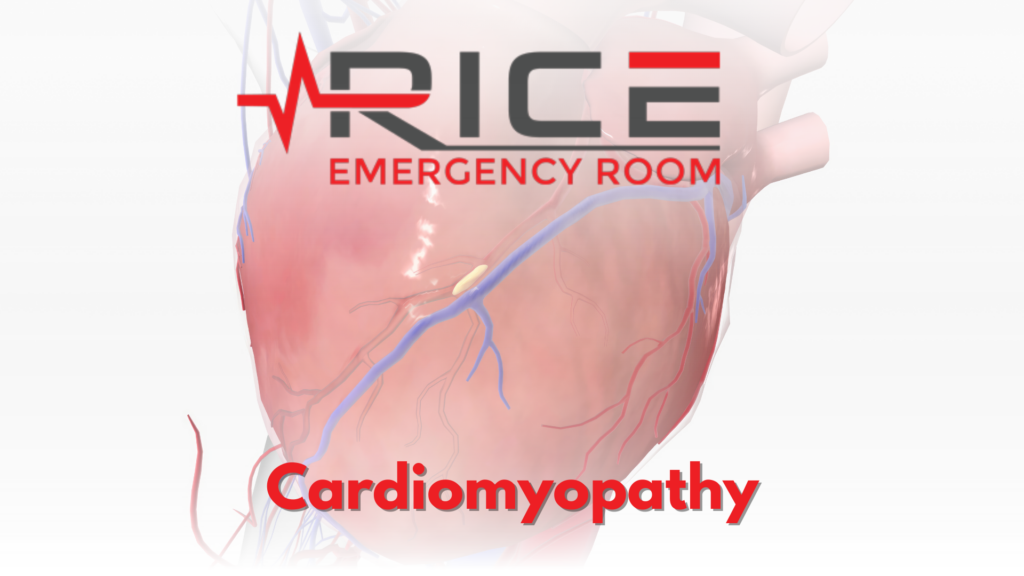
Bladder cancer is a type of cancer that primarily impacts males, though it can also affect females. According to the National Library of Medicine, it ranks as the sixth most common cancer in the United States, with men at a higher risk — four times more than women. Bladder cancer in men happens with the uncontrolled growth of abnormal cells in the bladder. Understanding the symptoms of bladder cancer in men can help raise awareness, promote early detection, and improve outcomes for those affected.
Causes & Risk Factors of Bladder Cancer
Smoking & Occupational Hazards: The primary known causes of bladder cancer are carcinogens found in tobacco smoke and certain industrial chemicals, which may explain the higher rates of bladder cancer in men due to smoking and occupational exposure to these chemicals. Toxins from tobacco are absorbed into the bloodstream and excreted in the urine, which can lead to prolonged exposure of the bladder lining to carcinogens.
Genetics: Bladder cancer can also be caused by mutations in genes that regulate cell replication, repair, and death. These gene mutations typically occur during a person’s lifetime and are absent at birth. Less than 10% of bladder cancers are linked to inherited genes. (Cxbladder)
Bladder Cancer Symptoms
Here are some of the most common symptoms of bladder cancer:
Blood in the Urine: Blood in the urine, known as hematuria, is often the first sign of bladder cancer. It can cause urine to change color to orange, pink, or dark red. Blood may come and go but eventually reappears in cases of bladder cancer. Early-stage bladder cancer typically causes bleeding but minimal pain. However, blood in the urine can also be caused by other conditions such as infections, benign tumors, or kidney stones, and it does not always indicate bladder cancer.
Bladder Abnormality: Bladder cancer may lead to alterations in urinary patterns, such as heightened frequency, discomfort or burning sensations, urgent need to urinate even when the bladder isn’t full, difficulties in urination, or increased nighttime urination. Nonetheless, these symptoms can also indicate other conditions like urinary tract infections, bladder stones, overactive bladder, or an enlarged prostate (in males). Seeking medical attention for accurate diagnosis and appropriate treatment is crucial. (Harvard Health)
Bladder Cancer Treatment
Bladder cancer treatment options depend on various factors, such as the stage and grade of cancer, the overall health of the patient, and their preferences. Standard treatment methods for bladder cancer include:
- Surgery: This may involve removing the tumor (transurethral resection of bladder tumor or TURBT) or, in more advanced cases, partial or complete bladder removal (cystectomy).
- Radiation therapy: High-energy rays kill cancer cells or reduce tumor size. It may be used as the primary treatment or in combination with other medicines.
- Chemotherapy: Anti-cancer drugs are used to kill cancer cells throughout the body. It may be given before or after surgery or in combination with radiation therapy.
- Immunotherapy and Targeted Therapy: Some treatments help the body’s immune system fight against cancer cells. In some cases, like targeted therapy, it uses specific genetic mutations or proteins in cancer cells to block their growth. They are usually used for advanced bladder cancer.
Treatment plans are personalized based on the stage and characteristics of bladder cancer. They may involve a combination of these methods. It’s important to discuss with a healthcare provider to determine the best treatment approach for an individual’s situation. (American Cancer Society)
Bladder Cancer Prevention
Preventing bladder cancer involves making lifestyle choices and reducing exposure to risk factors. Here are some key prevention measures:
- Quit Smoking: Smoking is a significant risk factor for bladder cancer, and quitting is the most crucial step in preventing bladder cancer. Avoiding exposure to secondhand smoke is also important.
- Reduce Exposure to Occupational Hazards: If you work in industries with an increased risk of bladder cancer, such as rubber, paint, electric, or textile industries, take appropriate precautions to minimize exposure to harmful chemicals and toxins.
- Eat a Healthy Diet: Eating a well-balanced diet rich in fruits, vegetables, and whole grains may help reduce the risk of bladder cancer. Limiting processed foods, red meat, and sugar-sweetened beverages may also be beneficial. (Mayo Clinic)
Men should be aware of the risk factors for bladder cancer, such as smoking, occupational exposures, and certain medications. Regular check-ups, good urinary health, and workplace safety measures can reduce the risk. Proactive healthcare management can lead to better prognosis and improved quality of life. If you are concerned about bladder cancer or have a family history, please see a doctor and get screened.
Works Cited
Cxbladder. “Bladder Cancer: Causes & Symptoms in Men.” Cxbladder, 18 Jan. 2023,
www.cxbladder.com/us/blog/bladder-cancer-causes-and-symptoms-in-men/.
Harvard Health. “Bladder Cancer: Men at Risk – Harvard Health Publications.” Harvard Health, 1 Apr. 2011,
www.health.harvard.edu/mens-health/bladder-cancer-men-at-risk.
American Cancer Society. “Treatment of Bladder Cancer, by Stage.” American Cancer Society,
www.cancer.org/cancer/bladder-cancer/treating/by-stage.html.
Mayo Clinic. “Bladder Cancer.” Mayo Clinic, Mayo Foundation for Medical Education and Research, 19 Apr. 2022,
www.mayoclinic.org/diseases-conditions/bladder-cancer/symptoms-causes/syc-20356104.



